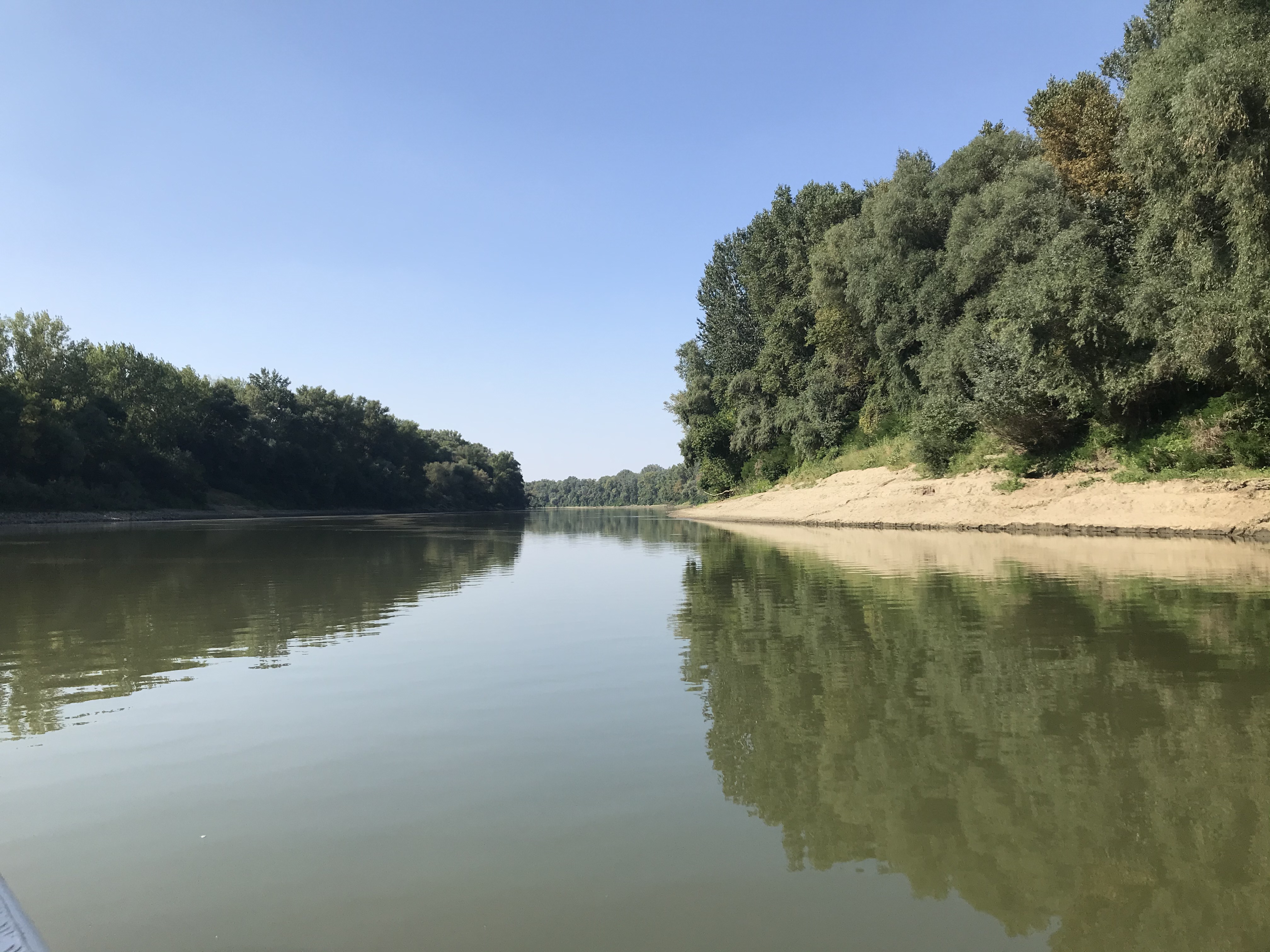IDES - PILOT AREAS PRESENTATION: Middle Tisza (HU)
18-03-2021
Tisza, the Hungarian Pilot site, is the second most significant river in Hungary. It is located in the middle of the Great Hungarian Plain. The area of the floodplain between Kisköre and Szolnok is 9,197 ha, of which 7,440 ha is agriculturally usable area. This river section of the Tisza River is between dikes for more than 100 years. Find more information here.
The area represents a well preserved complex of wetlands and forest ecosystems. The floodplains and wetlands of this river section are uniquely valuable ecosystems in global terms, although few areas are still in their natural or near-natural state. Protected floodplain areas provide habitats for endangered species, help to even out flood peaks and reduce flood damage by storing surplus water.

@ KÖTIVIZIG
This floodplain landscape lives in the minds of many as a natural formation, although this landscape was created by water engineers and foresters. This artificially created floodplain has grown over time into an excellent, diverse protected living space. The proportion of areas of nature conservation value has increased in the floodplains over the years. Especially along oxbow lakes, cubic pits and shores. Due to the mentioned values and the great diversity of the species, the floodplain is invaluable. Nature conservation organizations have declared these areas protected.
Besides the river Tisza itself, the values of this area are represented by the preserved and diverse forms of old river beds and native floodplain forests. According to the Directive 2009/147/EC, there are 53 different protected species in the pilot site, such as amphibians (2), birds (24), fish (11), invertebrates (6), mammals (8), plants (1), reptiles (1). International status: part of the NATURA 2000 SCI (HUHN20015) and SPA (HUHN10004) site.
Why is it suitable for testing the IDES tool?
Some of the ecosystem services that the Middle Tisza River section provides: flood prevention, forestry, biomass production, education, tourism, recreation, fishing, grazing, groundwater replenishment, pollination.
Provisioning Ecosystem Services
Provisioning services refer to products obtained from the eco-system, which may include genetic resources, food, fibre and fresh water. Regular water quality measurements are carried out in 2 locations in the pilot area (at Kisköre and Szolnok), which are performed monthly by the KÖTVIZIG. Based on the results of the measurements, the Tisza River’s water quality was excellent in the last years.
Regulating Ecosystem Services
Regulating services refer to the benefits obtained from the regulation of ecosystem processes, such as the regulation of our climate and water. Protected floodplain areas of Tisza River help to even out flood peaks and reduce flood damage by storing surplus water.
Cultural Ecosystem Services
Cultural ecosystem services are the non-material benefits people obtain from nature. This includes recreation, creative and aesthetic experiences, physical and mental health benefits and spiritual enrichment. Tisza River is hosting every year a „natural” event, unique not only in Hungary, but also in the world. Every year, many tourists arrive here to see the ‘Tisza blooming,’ the mating of the Tisza mayflies in June, when large numbers of the larvae of the aquatic insect usually hatch and mature during a single week**.

@ KÖTIVIZIG
**In addition to the fact that the Tisza blooming is an extremely spectacular event, it also has important ecological significance. Mayflies serve as food for many species of fish, birds, and frogs.
The mayfly became extinct in Western Europe in the first third of the 1900s, and its numbers also declined significantly in Central Europe in recent decades. Today, they can only be found in mass numbers at the river Tisza in Hungary.
